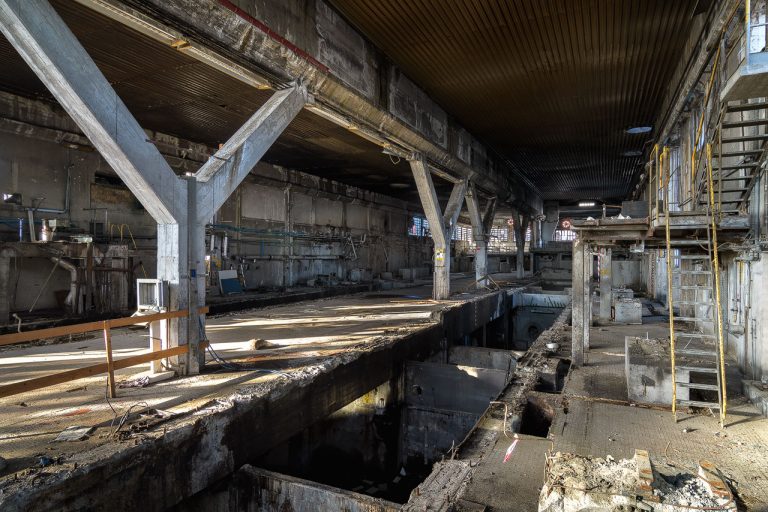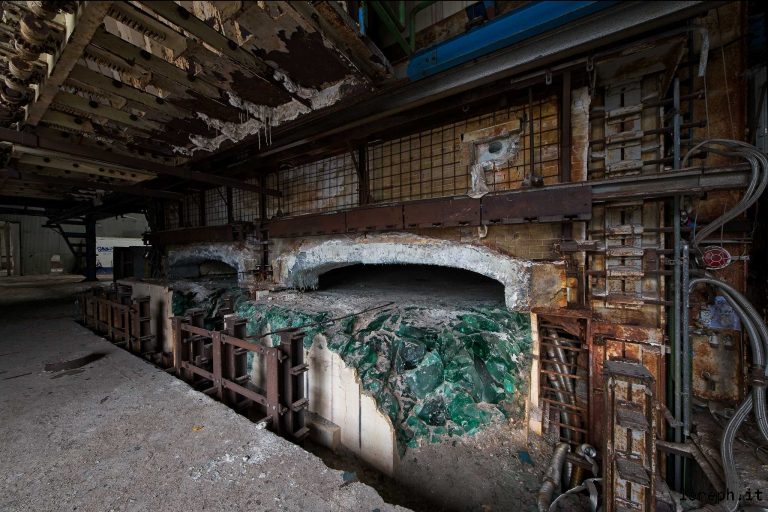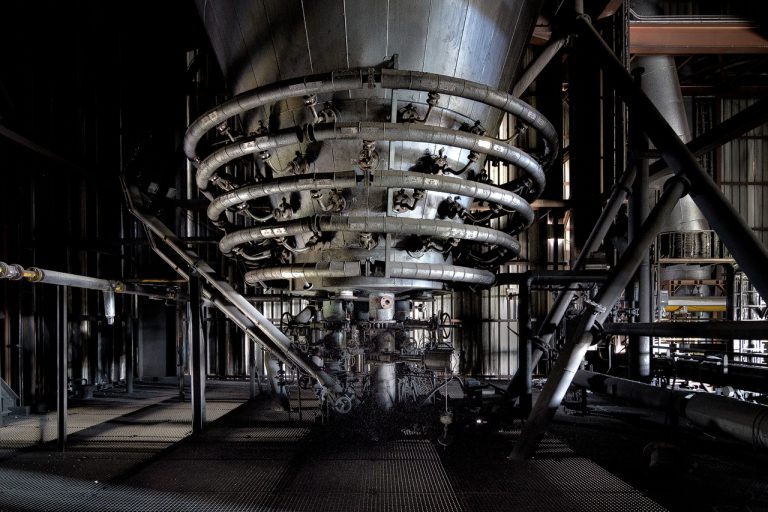ZECHE WESTERHOLT SCHACHT P1 [DE]
Exploration #45. This exploration takes us to the ‘Rhein-Ruhr’, the largest of Germany’s 11 metropolitan regions and historically one of the most important in the German economy. Between the end of the 19th century and the beginning of the next, the area began to host numerous coal mines and heavy industries. The zeche Westerholt Schacht P1 is actually just a service structure for one of the pits of a much larger mining complex: opened in 1948 and closed in 2008, it allowed a depth of 874 m to be reached.
The pit has been cemented over, as always happens when a mine is closed, and the extraction tower has unfortunately been demolished, but the large winch and above all the typical “kaue” are still there. Each coal mine had in fact a clean room (weißen kaue) and a dirty room (schwarzen kaue) divided in two by washing showers. The large rooms had benches with small plaques and each miner had a personal number corresponding to his kaue.
Clothes and other personal items were kept in the weißen kaue while the men were underground. The schwarzen kaue were exactly the opposite: they held the miners’ work clothes. Since at the end of the shift they ere too damp to be put in a locker, they were put in baskets and hoisted to the ceiling: there a very powerful hot ceiling fan dried them and kept them ready for the next shift. Unfortunately there are heavy signs of vandalism and a fire, but what made this exploration unique was the magic of light that was created in one of the totally windowless kaue.
Dozens of candles and candle lights patiently lit in some of the hundreds of baskets produced a real light show that brought this abandoned place back to life for a few minutes.


























